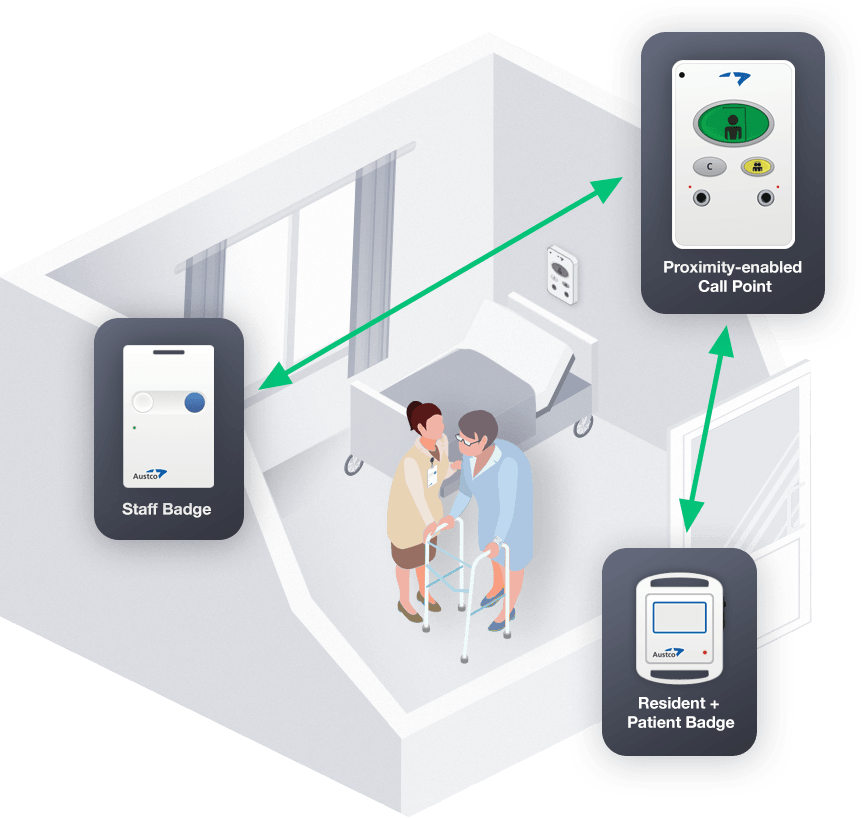|
|
Increased Patient Security and Satisfaction Improving patient care and safety is the prime directive and ultimate goal of interoperability. Interoperability of systems, information sharing, and data access play a critical role in improving the patient care experience by less task duplication, reducing wait times and enhancing the overall quality of care. |
|
|
Increased Efficiency Presenting data to healthcare providers in real-time and in a consistent manner can boost efficiency across an entire health organization. Having the ability to aggregate data from a single building, all the way up to a geographically diverse health system or IDN can create process improvements across an entire healthcare organization. |
|
|
Reduced Medical Errors Interoperability presents healthcare organizations with solutions to prevent medical errors by making it possible to exchange and interpret data across technology systems and software applications. This allows care providers to have a better understanding of how and why medical errors occur and enables them to take action in preventing them. |
Tacera Can HelpTacera works with major hospital and facility systems to support and enable interoperability. Austco offers an open API for integrations with any clinical, facility, or 3rd party system. Ongoing integrations is how the system grows with you. |
|
All News and Events




